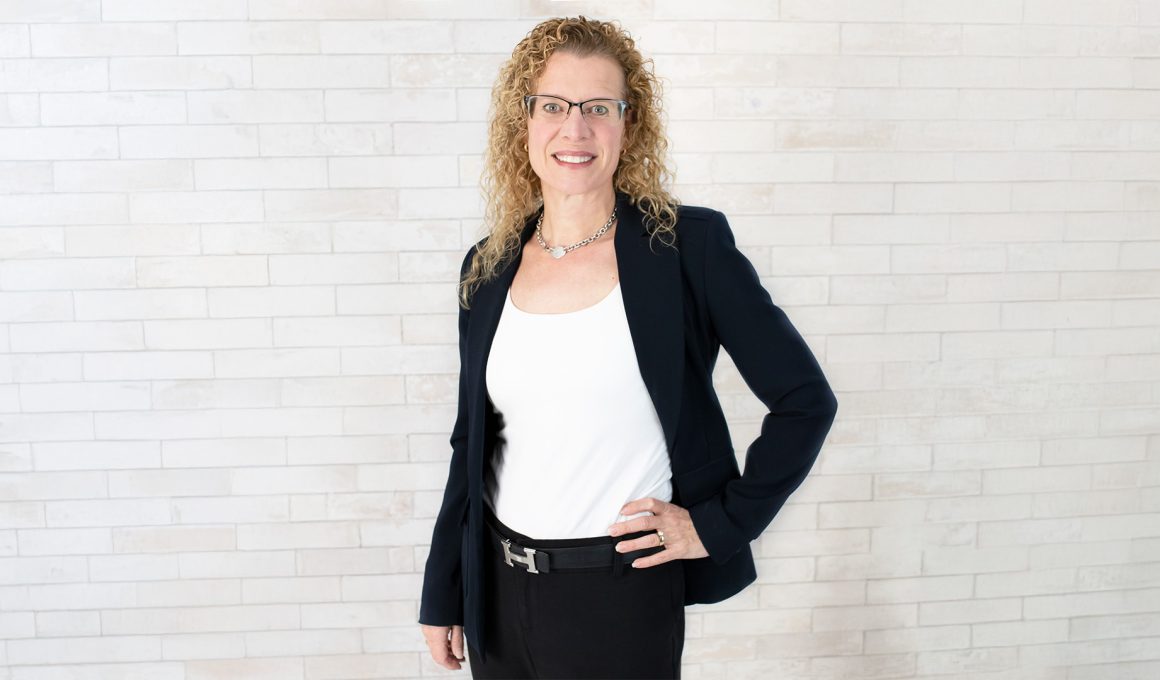Hiring the right leadership can mean the difference between success and failure for startups. Many founders struggle to balance the need for executive-level expertise with the financial constraints of a growing business. Yet Sue Mysko, founder of Hire a Fractional and Amazon best-selling author of The Fractional Formula, sees differently. Her insights into fractional leadership—a model where experienced executives work with companies on a part-time or contract basis to provide high-level strategic expertise —have helped startups break through plateaus and accelerate their success.
When Should a Founder Hire a Fractional Executive?
With over 4 million startups failing each year due to a lack of affordable leadership, Mysko sees fractional hiring as an untapped solution to this common challenge. “Every founder reaches a point where they realize that running all aspects of the business alone is unsustainable,” says Mysko, who identifies three key triggers that signal it’s time to bring in a fractional executive:
- Plateaued Growth – If an early-stage company is no longer scaling due to a lack of leadership in critical areas such as finance, marketing, or operations, a fractional executive can provide the necessary expertise to drive momentum forward.
- Founders Stuck in the Weeds – As businesses grow, founders often find themselves overwhelmed by day-to-day tasks, unable to focus on high-level strategy. Fractional executives step in to own specific functions, allowing founders to reclaim their vision.
- Fundraising Requires Executive Horsepower – Investors want to see a strong leadership team before committing capital. Bringing in fractional executives demonstrates strategic depth and readiness to scale, making the business more attractive to potential backers.
Fractional vs. Full-Time: Making the Business Case
“Budget constraints are often the biggest reason founders hesitate in hiring a fractional executive,” says Mysko. However, the financial case for this investment is compelling. A full-time executive can cost upwards of $350,000 annually, plus benefits and other expenses. In contrast, a fractional executive provides the same level of strategic expertise at a fraction of the cost, without the long-term financial commitment.
These leaders become deeply integrated into teams, attending strategy meetings and driving key initiatives, making them a more engaged presence than traditional consultants. “Unlike consultants, who assess and leave implementation to the business, fractional executives remain involved in execution. This is a key difference—and ensures strategies translate into tangible results,” says Mysko.
This flexible approach allows early-stage companies to access senior-level leadership precisely when and where they need it, rather than overcommitting resources prematurely. “Startups often think they need a full-time C-suite team before they can scale, but that’s just not the case,” Mysko explains. “Fractional executives give companies the strategic muscle they need without the heavy financial burden, making them a game-changer for growth-focused founders.”
Finding the Right Profile
Not all fractional executives are created equal. Mysko emphasizes that the most important quality to look for is an entrepreneurial mindset. “Many fractional executives come from large corporate backgrounds, but that experience alone isn’t enough,” Mysko explains. “They need to see themselves as the CEO of their own business. The best fractionals operate with the same agility and resourcefulness as startup founders themselves.”
This mindset shift ensures that fractional executives are not only highly skilled but also adaptable to the fast-moving, often unpredictable nature of early-stage companies. “It’s important to hire people with entrepreneurial mindsets. What you don’t want is someone who still thinks like an employee as they may struggle to operate effectively in a startup environment,” Mysko says.
Setting the Stage for Success: The First 90 Days
Once a fractional executive is on board, Mysko recommends structuring their engagement around a 30-60-90 day roadmap to maximize impact:
- First 30 Days: Strategic Discovery – Conducting an audit of key business areas, including people, processes, technology, finances, and operations. Identifying gaps, bottlenecks, and risks.
- Next 30 Days: Opportunity Gap Analysis – Pinpointing the most critical areas for improvement and implementing initial strategic changes.
- Final 30 Days: Execution & Quick Wins – Delivering early results that demonstrate value, while continuing to implement long-term strategic shifts.
This structured approach ensures that fractional executives drive measurable impact from day one, giving founders confidence in their decision to hire. By breaking the engagement into clear phases, it allows for focused action and steady progress, ensuring that both immediate improvements and long-term strategic goals are addressed.
The Future is Fractional
The demand for fractional leadership is growing at an unprecedented rate. Mysko points to compelling data: 54 million Americans are already working independently or fractionally, and the fractional workforce is projected to grow by 70% by 2027. Simultaneously, the U.S. saw 5.4 million new businesses launched last year alone, creating an enormous need for scalable leadership solutions.
“Startups are growing faster than ever, but without the right leadership, they hit a wall. Fractional executives offer a smarter, more cost-effective way to bring in top-tier talent exactly when and where it’s needed,” explains Mysko, who has developed an impressive track record building effective leadership teams to help founders execute their vision and increase investor confidence at key growth stages.
Connect with Sue Mysko on LinkedIn to learn more about how fractional leadership can drive your company’s success.








